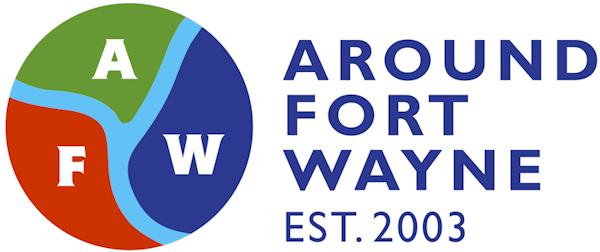![]()
News release from the National Institutes of Health:
NIH video reveals the science behind yoga
Consumer-friendly resource will guide viewers through research on yoga’s safety and effectiveness
A video featuring research on how yoga works, the safety of yoga and whether yoga can help treat certain health problems is being released by the National Center for Complementary and Alternative Medicine (NCCAM), part of the National Institutes of Health (NIH). For example, there is a growing body of evidence that yoga may be beneficial for low-back pain. However, yoga has not been found helpful for treating asthma, and studies investigating yoga for arthritis have had mixed results.
The video also spotlights a set of consumer tips to help viewers make decisions if they are interested in practicing yoga. For example:
[list type=”black”]
[li]Yoga is generally considered to be safe in healthy people when practiced appropriately under the guidance of a well-trained instructor. However, people with high blood pressure, glaucoma, or sciatica, and women who are pregnant should modify or avoid some yoga poses.[/li]
[li]Everyone’s body is different, and yoga postures should be modified based on individual abilities. Inform your instructor about any medical issues you have, and ask about the physical demands of yoga.[/li]
[li]If you’re thinking about practicing yoga, be sure to talk to your health care providers. Give them a full picture of what you do to manage your health.[/li]
[/list]A 2007 Centers for Disease Control and Prevention survey reported that 13 million American adults (6 percent) used yoga in the previous year, and the number is on the rise as mind and body therapies are becoming increasingly integrated into the health care system. Due to a growing body of evidence-based research, the American College of Physicians and the American Pain Society now include a number of mind and body approaches, including yoga, in their 2007 clinical practice guidelines for managing chronic low-back pain, a common and difficult-to-treat problem.
“This video provides important information on the safety and usefulness of yoga and also insights into how scientists study this commonly used health practice,” said Josephine P. Briggs, M.D., director of NCCAM. “What we’re seeing from our researchers — through the application of rigorous scientific methods — is evidence suggesting that yoga may help people manage certain symptoms while it may not help with others. We’re also learning more about the safety of yoga, particularly when it is used in populations who are at increased risk for injury.”
The video, available at https://www.nccih.nih.gov/health/yoga-what-you-need-to-know, highlights the work of two respected researchers in the field of yoga. George Salem, Ph.D., at the University of Southern California, uses innovative technology to examine how older adults use their muscles and joints in certain yoga postures. Karen Sherman, Ph.D., M.P.H, at Group Health Research Institute in Seattle, focuses on how yoga may be a beneficial complementary health practice for people with chronic low-back pain.
This is the second installment in NCCAM’s The Science of Mind and Body Therapies video series. The first video, Tai Chi and Qi Gong for Health and Well-Being, was released in September 2010.
The mission of NCCAM is to define, through rigorous scientific investigation, the usefulness and safety of complementary and alternative medicine interventions and their roles in improving health and health care. For additional information, call NCCAM’s Clearinghouse toll free at 1-888-644-6226, or visit the NCCAM website at nccam.nih.gov. Follow us on Twitter, Facebook, and YouTube.
About the National Institutes of Health (NIH): NIH, the nation’s medical research agency, includes 27 Institutes and Centers and is a component of the U.S. Department of Health and Human Services. NIH is the primary federal agency conducting and supporting basic, clinical, and translational medical research, and is investigating the causes, treatments, and cures for both common and rare diseases. For more information about NIH and its programs, visit www.nih.gov.
